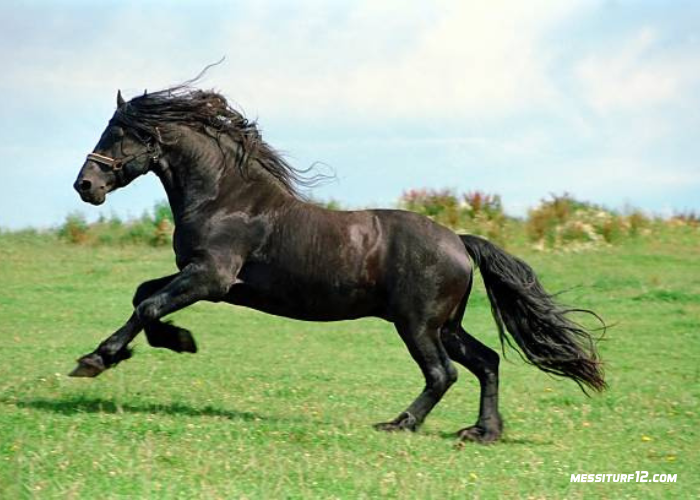In the ever-evolving world of digital art and creativity, the emergence of innovative platforms has revolutionized the way artists showcase their talents and connect with audiences. One such groundbreaking platform that has gained significant attention is “Picturfgeni.” With its unique approach to blending technology and artistic expression, Picturfgeni has swiftly become a haven for both emerging and established artists. This article dives into the captivating landscape of Picturfgeni, exploring its features impact, and the future it holds for the world of art.
The Genesis of Picturfgeni
Picturfgeni was conceived as a response to the growing demand for an online space where artists could seamlessly share their works and engage with a global community. The platform’s founders recognized the limitations of traditional art galleries and sought to bridge the gap between art and technology. Launched in 2018, Picturfgeni aimed to redefine the concept of exhibiting and experiencing art.
Exploring the Interface
At the heart of Picturfgeni’s appeal is its user-friendly interface that caters to artists and art enthusiasts alike. Artists can create profiles, showcase their portfolios, and categorize their works according to mediums, styles, and themes. The platform’s design prioritizes visual aesthetics, providing an immersive experience that closely mimics the feeling of walking through a physical gallery.
The Role of AI in Curation
Central to Picturfgeni’s innovation is its integration of artificial intelligence (AI) in the curation process. Leveraging AI algorithms, the platform offers personalized recommendations to users, suggesting artworks that align with their preferences. This not only helps artists gain exposure but also assists art enthusiasts in discovering pieces that resonate with their tastes. The AI-driven curation has sparked discussions about the intersection of technology and human creativity, raising questions about the evolving definition of artistic authenticity.
Empowering Artists
For emerging artists, Picturfgeni serves as a launching pad, enabling them to present their work to a global audience without the constraints of geographical boundaries. This democratization of art distribution has led to the discovery of hidden talents from remote corners of the world. Moreover, the platform provides tools and resources that facilitate artists in enhancing their digital presence, fostering growth and recognition within the art community.
Interactive Virtual Exhibitions
One of Picturfgeni’s most intriguing features is its ability to host virtual exhibitions. Through this innovative approach, artists can curate their own digital shows, complete with virtual galleries and interactive walkthroughs. This feature has gained prominence, especially in the wake of global events that restricted physical gatherings. It not only offers a way to showcase art safely but also opens doors for experimental presentation formats that challenge traditional norms.
Community and Collaboration
Picturfgeni is more than just an online gallery; it is a thriving community. Artists, critics, collectors, and enthusiasts converge to engage in discussions, share insights, and foster collaborations. The platform’s social networking elements facilitate direct interactions, breaking down barriers that often separate artists from their audience. Collaborative projects that originate on Picturfgeni have resulted in boundary-pushing artworks that merge diverse perspectives and styles.
Navigating Challenges
While Picturfgeni has garnered praise for its innovation, it hasn’t been without its share of challenges. Some critics question the impact of experiencing art solely through digital screens, expressing concerns about the loss of tangible interactions with physical artwork. Additionally, debates about copyright and ownership in the digital realm have surfaced, as the platform’s easy accessibility raises questions about art authentication and reproduction.
The Future Landscape
As Picturfgeni continues to evolve, its trajectory suggests a dynamic future for digital art. The platform’s integration of virtual reality (VR) and augmented reality (AR) technologies holds the potential to reshape the way art is both created and experienced. Artists might explore immersive environments that transcend the boundaries of traditional art forms, offering audiences multisensory encounters that stimulate emotions and intellect in unprecedented ways.
Conclusion
Picturfgeni’s journey from concept to realization has paved the way for a new era in the art world. Its synthesis of technology and artistic expression has expanded the horizons of both creators and admirers, forging connections that transcend geographical, cultural, and societal barriers. As Picturfgeni continues to adapt and innovate, it challenges our understanding of what art can be in the digital age, leaving us with an exciting glimpse into the future of artistic exploration.

